Diesel Generators Supporting Emergency Services
When lives hang in the balance and critical infrastructure falters, big diesel generators become the silent guardians of civilization. From hospitals maintaining life support during blackouts to fire stations powering rescue equipment amid natural disasters, emergency services demand absolute power certainty. The catastrophic consequences of failure—interrupted 911 call centers, inoperable medical devices, or failed communication systems—make robust backup power not just an asset but an ethical imperative.
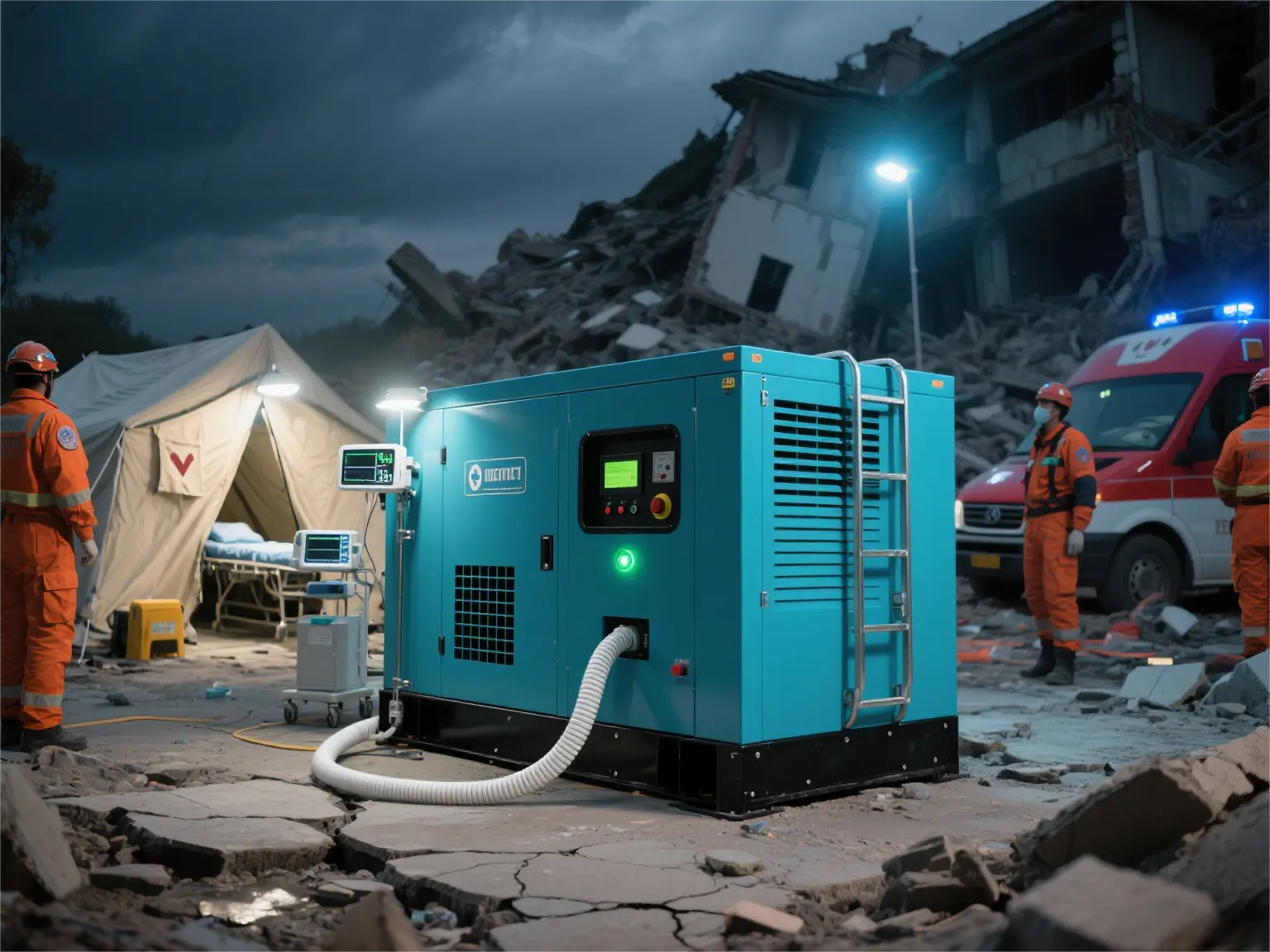
The Non-Negotiable Need for Power Resilience in Emergency Response
Emergency services operate at the convergence of urgency and vulnerability:
Life-or-Death Scenarios: ICU ventilators, surgical suites, and trauma centers cannot tolerate millisecond power interruptions.
Communication Lifelines: 911 dispatch centers and emergency coordination hubs require 24/7 uptime during crises.
Critical Infrastructure Support: Fire pump systems, emergency lighting, and detention facility security rely on uninterrupted power.
Chain Reaction Risks: A single point of failure can paralyze entire response networks during disasters.
Selecting anything less than industrial-grade backup power isn’t just impractical—it’s irresponsible.
Why Diesel Generators Dominate Emergency Power Systems
Five engineering advantages make diesel the undisputed choice for mission-critical applications:
Instantaneous Load Acceptance
Diesel generators handle 100% load steps in seconds—a non-negotiable requirement when restarting elevators with trapped civilians or CT scanners mid-procedure. Gas units falter under sudden demand surges.
JLMECH Edge: Our big diesel generator series features advanced voltage regulation (±0.5%) and transient response (<2s recovery) for seamless transition during life-critical operations.72+ Hour Continuous Runtime
Bulk diesel storage enables extended operation during prolonged crises (hurricanes, grid attacks). Natural gas lines often fail during disasters.
JLMECH Edge: Integrated day tanks with automated fuel replenishment systems ensure uninterrupted operation beyond NFPA 110’s 96-hour mandate.Extreme Environment Operation
From -30°C arctic clinics to 55°C desert fire stations, diesel engines outperform alternatives in temperature extremes.
JLMECH Edge: Arctic packages (glow plugs/viscous heaters) and desert kits (high-efficiency radiators) come standard.Paralleling Capability
Scalable N+1 redundancy through generator synchronization meets Tier IV data center requirements for emergency command centers.
JLMECH Edge: Isochronous load-sharing controllers enable <5% harmonic distortion for sensitive equipment.25,000+ Hour Lifespan
Industrial diesel blocks withstand decades of standby service—unmatched by gas or turbine alternatives.
JLMECH Edge: Our heavy-duty cast iron blocks with chrome-plated cylinder liners ensure 30-year design life.
Mission-Critical Solutions Engineered for Extreme Reliability
JLMECH doesn’t sell generators—we deliver outcome guarantees:
| Application | Customization Focus | JLMECH Differentiators |
|---|---|---|
| Hospital (NFPA 99/110) | Black-start capability <10s | UL 2200 certification, seismic bracing |
| Data Centers (Tier IV) | 0% harmonic distortion | 2N redundant cooling systems |
| Fire Stations (NFPA 20) | Pump lockout prevention | Torque reserve >40% for pump starts |
| 911 Centers | EMI/RFI shielding | Faraday cage enclosures |
| Detention Facilities | Tamper-proof design | Ballistic-rated canopies |
Choosing Your Emergency Power Partner: Beyond the Spec Sheet
Selecting manufacturers demands scrutiny beyond brochures:
Non-Negotiable Certifications
UL 2200 (Stationary Engine Generators)
NFPA 110 Level 1 (2-hour runtime minimum)
EPA Tier 4 Final emissions compliance
ISO 8528-5 transient response validation
Hidden Risks of "Value-Engineered" Units
Undersized alternator bearings → Catastrophic failure at 200% load step
Non-marine-grade wiring → Corrosion in coastal environments
Single-wall fuel tanks → Violate EPA spill containment regulations
Why JLMECH Excels: Our big diesel generator systems undergo 72-hour burn-in tests at 110% load before shipment. Every unit ships with third-party verification of NFPA 110 compliance documentation.
Conclusion
Big diesel generators stand as the final barrier between order and chaos in emergency scenarios. They transform vulnerable facilities into resilient strongholds capable of weathering grid collapses, natural disasters, and human-made crises. The choice of backup power isn’t an equipment decision—it’s a commitment to preserving life, maintaining order, and upholding societal trust.
Contact JLMECH’s Critical Power Team Today,Email skala@whjlmech.com . At JLMECH,we engineer resilience into every molecule of our generators. With 18 years of specialized experience supporting trauma centers, military installations, and disaster response networks, our obsession with reliability goes beyond specifications:
"We don’t meet standards—we redefine them."
References
National Fire Protection Association (NFPA 110): Standard for Emergency and Standby Power Systems
Underwriters Laboratories: UL 2200 Standard for Stationary Engine Generator Assemblies
U.S. EPA: Stationary Compression Ignition Internal Combustion Engine Requirements (40 CFR Part 60)
IEEE Standard 446: Recommended Practice for Emergency and Standby Power Systems
Department of Homeland Security: Power Outage Incident Annex
JLMECH Engineering White Paper: Seismic Certification for Emergency Generators (2024)
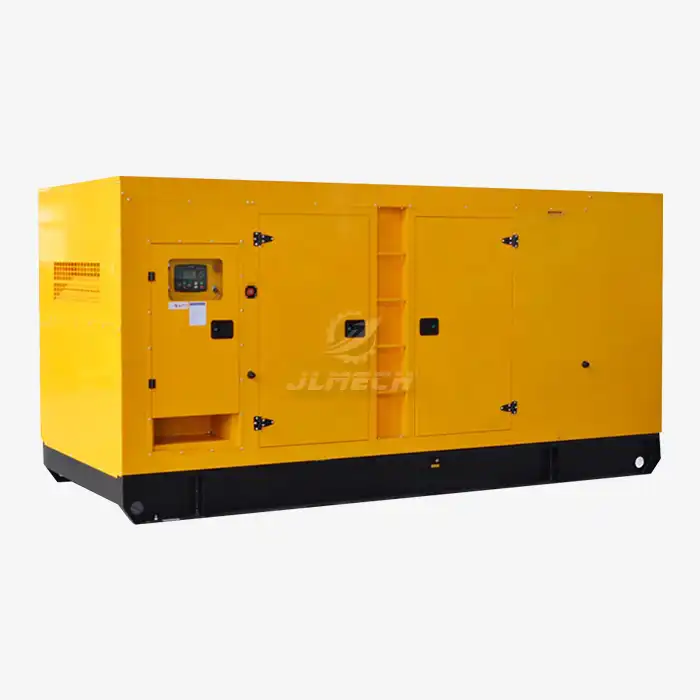 VIEW MORELow noise diesel set
VIEW MORELow noise diesel set VIEW MOREHospital application diesel generator
VIEW MOREHospital application diesel generator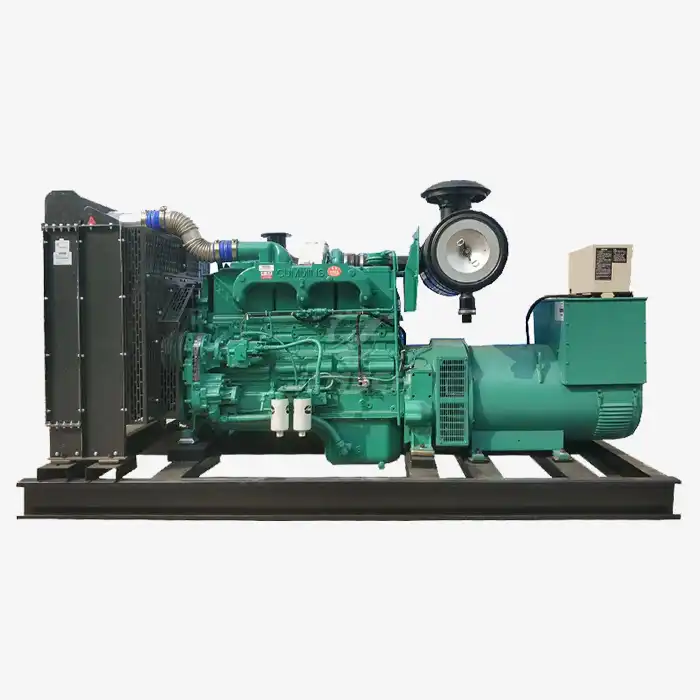 VIEW MOREWater Cooling System Diesel Generator
VIEW MOREWater Cooling System Diesel Generator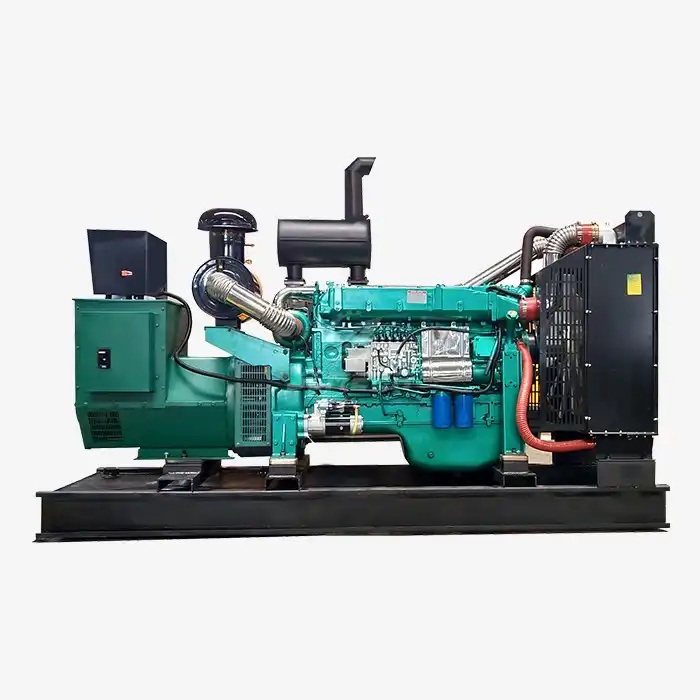 VIEW MOREOpen Type alternator
VIEW MOREOpen Type alternator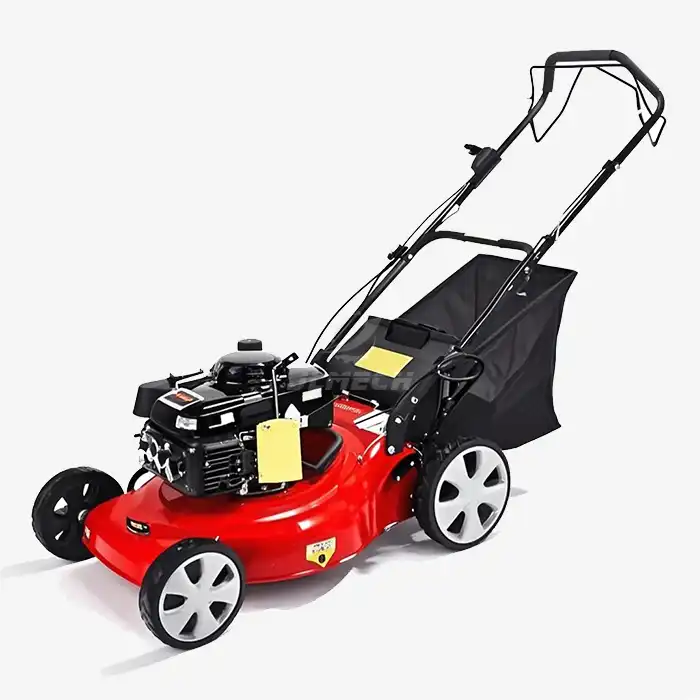 VIEW MOREheavy brush cutter machinery
VIEW MOREheavy brush cutter machinery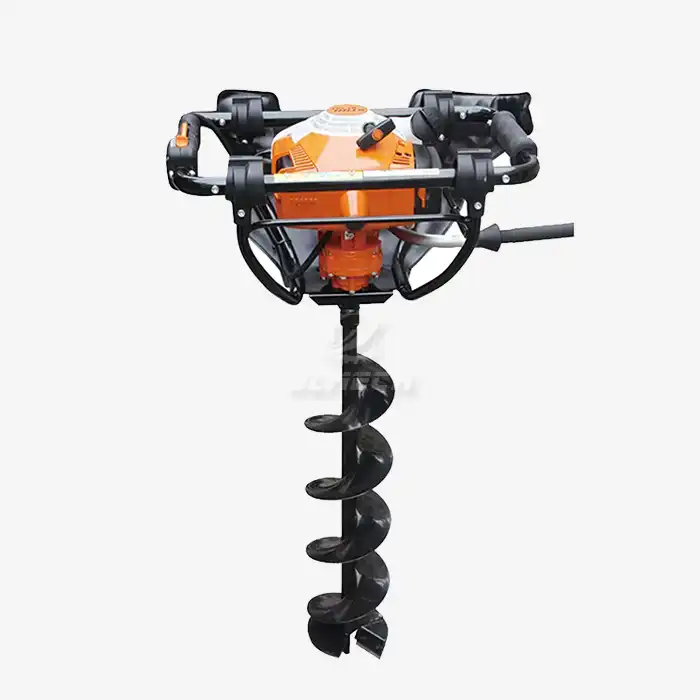 VIEW MOREground post hole digger
VIEW MOREground post hole digger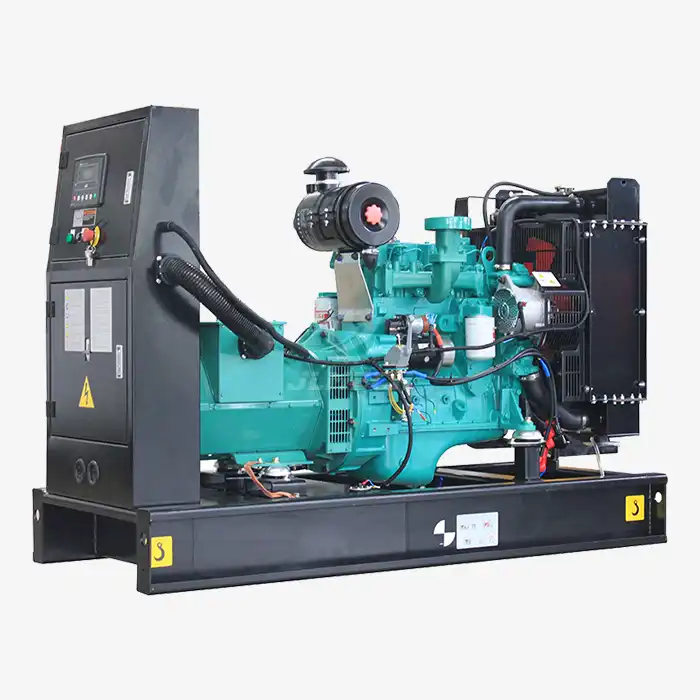 VIEW MOREdiesel generator with ats
VIEW MOREdiesel generator with ats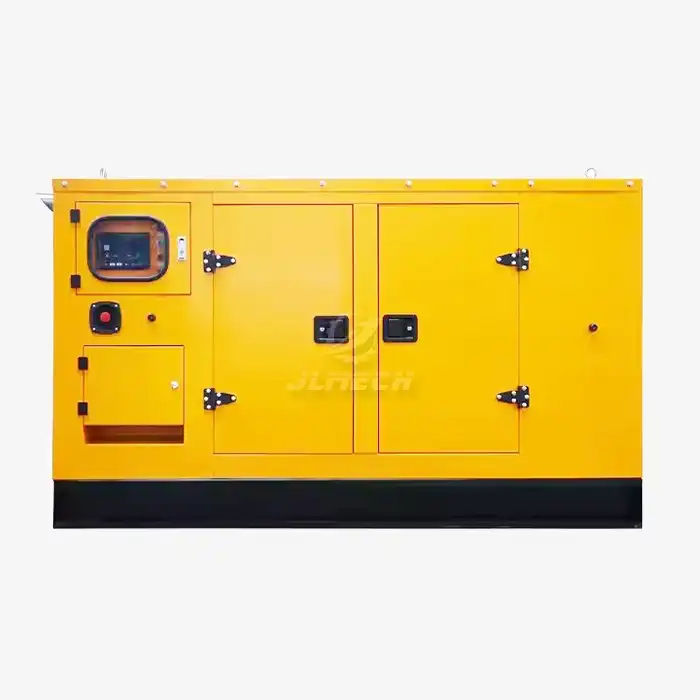 VIEW MORE24kw 30kva silent diesel generator set
VIEW MORE24kw 30kva silent diesel generator set



